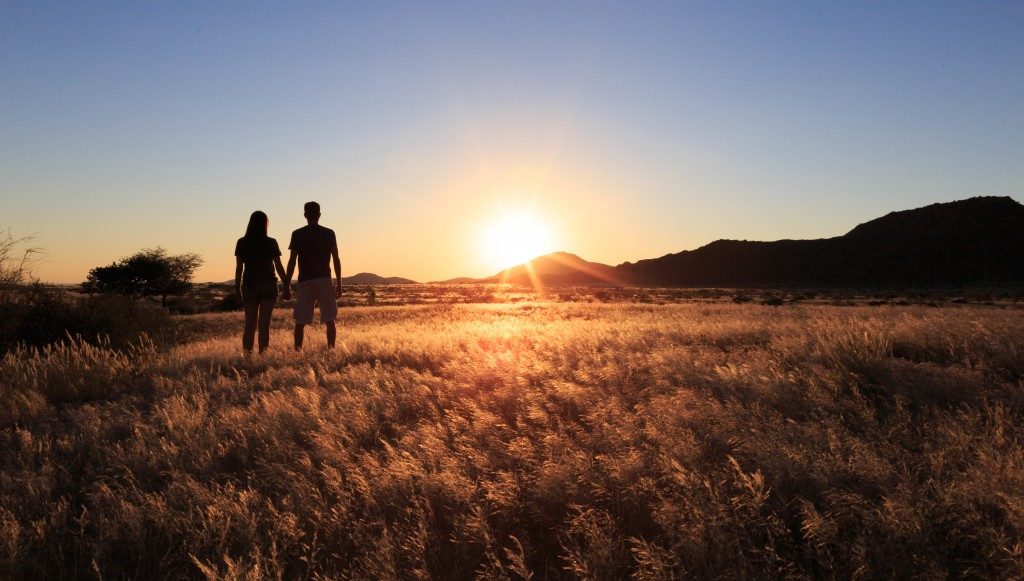To the casual tourist, the unknown of the African safari is at once exciting and scary. Seeing wild animals in their natural habitat is a privilege and a marvel that so many wants to see in person. The wild, however, is not the friendliest of environments, especially those who aren’t used to desert life.
One of the main concerns of visitors to the African wild is clothing. What do they wear? The terrain is undoubtedly dry and the climate hot, but that doesn’t mean that beachwear is appropriate for the trip. Lightweight clothes are a must for those who are going in the summer, but they should be pieces that can be worn in layers in case the weather turns chilly. Also, layers offer protection against mosquitoes.
Protection from the heat, cold, dust, and concealment from wild predators — with these as the criteria for appropriate clothing in the African safari, cowboy-style clothes would be a good fit.
Western-Style Clothing Offer Ease, Comfort, and Protection
Texas, Colorado, Montana, and Wyoming — states where ranches and the cowboy lifestyle flourish — are nowhere near as hot as Central Africa, but the everyday fashions of its residents could serve African safari tourists very well. Men and women’s Western-wear vests, for example, keep the upper body warm while giving the arms a wide range of motion.
Here are more examples of Western clothing suitable for African safari tours.
Fighting the Heat
Africa brings to mind vast, dry lands. With the temperature ranging between 20 to 40 degrees Celsius in Southern and Eastern Africa, summer in the safari can get sweltering hot.
Light clothing is ideal, although visitors also need to bring study, ankle-length safari boots to protect their feet. Also, people who’ve been on a safari tour recommend covering up instead of showing plenty of skin. The weather could get extremely hot, and exposed skin can easily get sunburned. Sunblock lotions with a high SPF could only do so much to protect the skin from UV rays and ambient heat.
- A straw cowboy hat will shade the face, neck, and upper shoulders. It’s also breathable, so the wearer won’t feel too hot while wearing it.
- A long-sleeved, lightweight, and breathable cotton shirt is also ideal because it absorbs moisture and keeps the body cool.
- A neck scarf or bandana for extra sun protection. Wearers can also remove them if the weather grows warm.

Braving the Cold
Winter tours in the African safari are just as appealing as the summer tours — some would say it is more. There are fewer tourists than in summer, and the animals are easier to find (because they wander near the main sources of food and water during this season). The cold can be biting, however (ranging from 10 to 25 degrees Celsius, and close to freezing in the higher areas), so clothes that can trap heat are necessary.
-
- Trousers and shirts made of could be layered on top of other light clothing to absorb moisture while keeping heat contained.
- Quilted or wool vests with sleeves provide better insulation than sleeveless vests.
- Ponchos help wearers stay warm by letting warm air circulate the body. Some are even waterproof, an extra perk during the rainy season.
Given the suggestions above, tourists visiting the safari can extend their clothing choices to Western-wear staples. These can help them stay cool or warm, depending on the season when they arrive in Africa.

